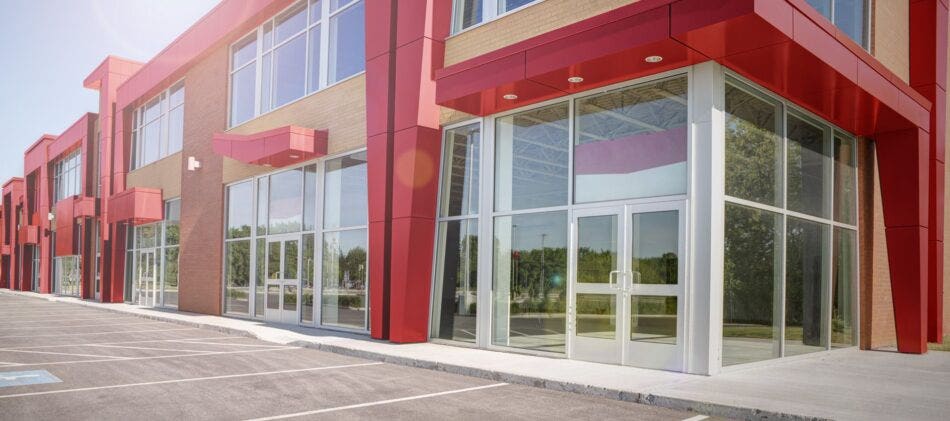In BC, there are a number of legal options for commercial landlords to seek payment from tenants who default on rent. Wording in lease agreements as well as provincial and federal legislation all provide potential solutions for landlords in these situations.
However, prior to taking any action, a landlord must review the terms and conditions of the lease to ensure they comply with any requirements for pursuing owed rent. In many cases, the landlord may be required to send a notice of default. Thereafter, the landlord can:
1. Seize the tenant’s property
Known as distress, this option allows the landlord to hire an enforcement agency to seize the property of the tenant on the leased premises. The seized property can then be sold to recover the unpaid rent. In this case, the lease would still remain active.
2. Maintain the lease and sue the tenant for the rent owed
3. Maintain the lease while renting to a new tenant
The landlord can rent the property to a new tenant while suing the previous tenant for the unpaid rent under the lease.
4. Terminate the lease and sue for rent
The landlord can accept the default as termination of the lease and file a suit for the rent lost for the remainder of the lease term.
Whatever the landlord decides to do, it is important to be well informed on the potential consequences of all actions taken. Taking one action may forbid the landlord from taking another measure in the future. It is advised to consult a lawyer that is well-versed in commercial tenancy disputes.
For more information and resources on matters related to insurance and risk management, please contact an Acera Insurance advisor.
Source: “Commercial landlord remedies for non-payment” by Gehlen Dabbs Lawyers (February 1, 2017).

